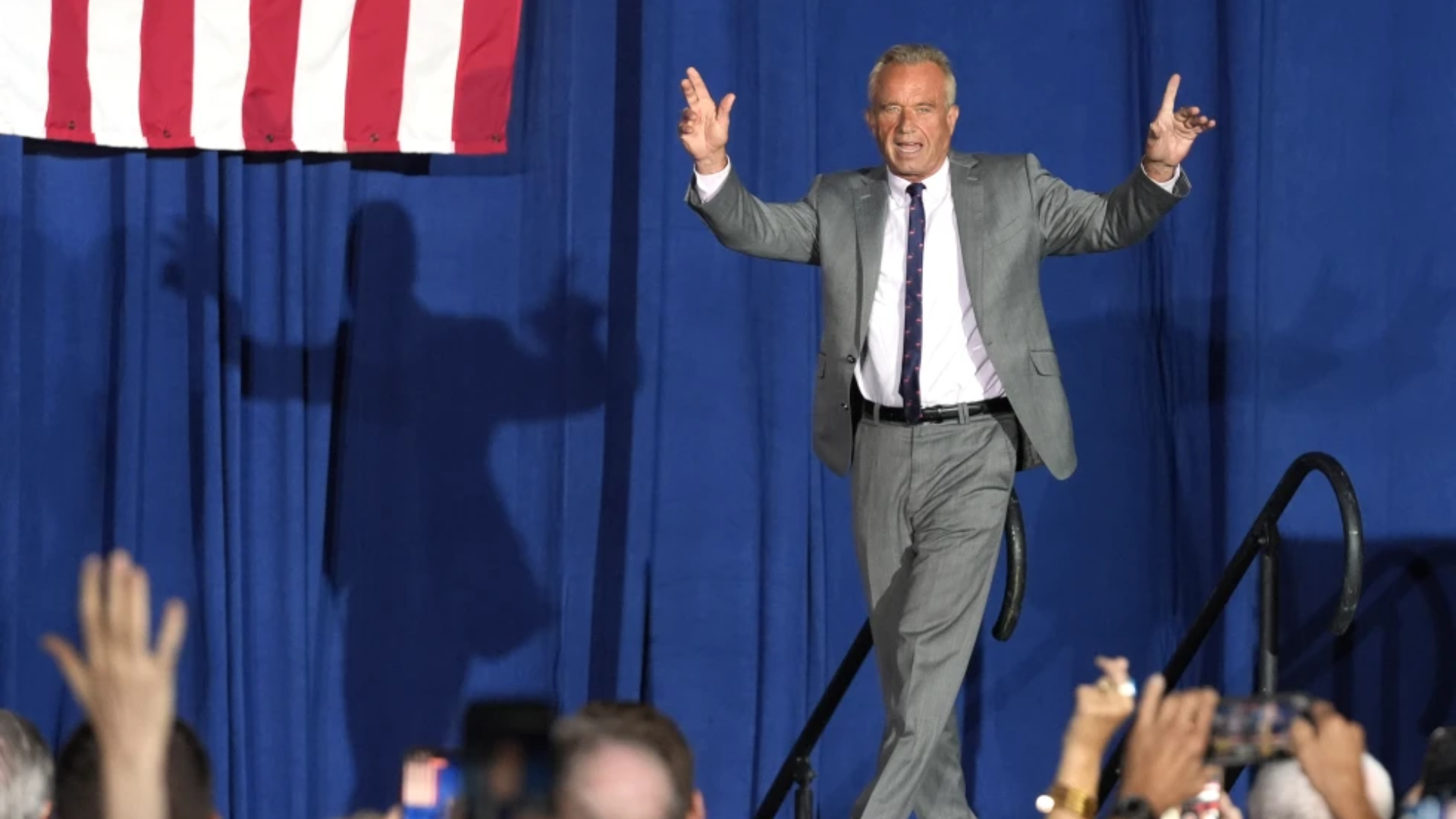WASHINGTON (AP) — The subway train had just pulled out from a busy Washington station when it ground to a halt and foul-smelling smoke began filling the tunnel and the cars.
"We're going to die here!" passengers cried.
In the fear and chaos that followed, riders prayed but also helped one another, performing mouth-to-mouth on an unconscious woman and offering an inhaler to a man curled in a fetal position on the train's floor. Some waited for rescuers as instructed; others opened the doors of the train and made their way to safety through the darkness on their own.
One woman died and more than 80 other people were sent to the hospital, mostly for smoke inhalation, after the electrical malfunction Monday on Washington's Metro. A day later, 21 passengers remained hospitalized, and the accident had left a multitude of unanswered questions.
Commuters demanded to know: Was the train's evacuation unnecessarily delayed? Were passengers given the right information? And what caused the death of the woman?
Authorities in the nation's capital had no immediate answers.
The woman, identified Tuesday as 61-year-old Carol Glover of Alexandria, Va., was the first fatality on Washington's Metro system since a 2009 crash killed eight passengers and a train operator.
Glover was an analyst for a DKW Communications, an IT company that does work for the government, and was working on a contract with the U.S. Department of Agriculture at the time of her death, said her supervisor Cliff Andrews.
The malfunction happened at L'Enfant Plaza, one of the subway's busiest stations, around 3:30 p.m. Monday, at the beginning of the afternoon rush hour. The stop is near the Smithsonian's National Air and Space Museum and many federal office buildings, including the headquarters of the National Transportation Safety Board, which is leading the investigation.
NTSB investigator Michael Flanigon said the smoke started when something came into contact with the high-voltage third rail and caused an electrical arc.
The six-car train stopped about 800 feet beyond the platform, and the arcing occurred roughly 1,000 feet beyond the train, Flanigon said. There was no fire.
Patti Aliventi, 49, was waiting for a train when she heard shouting and saw gray smoke filling the station. She said riders were told to get out, but a bottleneck developed when employees didn't just open the fare gates to make it easier for people to leave.
Aboard the subway, passenger Jonathan Rogers, 31, said he and two other people tried in vain for 20 minutes to revive a middle-aged woman who had slumped to the floor unconscious near the front of the train, where the smoke was the heaviest.
"We know you do chest compressions and mouth-to-mouth, so that's what we did," Rogers said. "Nothing was happening and she was laying there unconscious. Somebody took her pulse and said they couldn't feel a pulse."
Rogers said a man scooped the woman up in his arms and carried her through the cars toward the back of the train.
It wasn't immediately clear if the woman was the one who died.
Rogers said he doesn't understand why passengers weren't allowed to leave the train sooner for the one- or two-minute walk back to the platform.
"It just kind of felt like, `Why were we trapped on that train that long?'" Rogers said. "All we did was sit there and wait. Forty minutes seems like a long time."
Andrew Litwin, 21, a University of Texas student visiting the Washington area, said about 30 minutes into the ordeal, a fellow rider reached 911 on a cellphone. Litwin said the news that firefighters were aware of the problem calmed passengers, who had been yelling, "We're going to die here!"
Luis Clemens, 47, a National Public Radio editor, said he was among a group of passengers who got off the train and walked back to the platform through the pitch-black tunnel despite instructions to stay on board. He said it seemed obvious, after what felt like 20 or 30 minutes, that the train wasn't going to move.
"We were not given any information that police or fire were en route or nearby," he said. "All we got was, `Stay in place. Yes, I know there's smoke. Don't leave.' And that doesn't make a whole lot of sense when you're sitting there watching over some period, watching the subway cars fill up with smoke."
At a news conference Tuesday, Mayor Muriel Bowser declined to give details on how quickly the fire department responded, beyond saying that firefighters got to the scene in their "customary" timeframe. City officials also declined to make the fire chief or the head of the city's 911 center available to answer questions.
Bowser said her administration is reviewing the response and will release its findings next week.
"We will find out what happened, get to the bottom of what happened and commit to fixing it," said Bowser, who took office a week and a half ago.
Metro board chairman Tom Downs apologized to riders injured, frightened or inconvenienced. He said the investigation "will be a thorough process that often takes time."
The Metrorail system, which connects Washington with the Maryland and Virginia suburbs, carries an average of 721,000 passengers each weekday. The affected line remained shut down Tuesday morning, and other lines were on a reduced schedule.
Smoke and fire are not unusual on the subway system, which opened in 1976 and still uses some original rail cars. Metro's most recent safety reports showed 86 incidents of smoke or fire in 2013 and 85 through the first eight months of 2014.
On Tuesday, Devin Krotman, a rider getting off at the L'Enfant station, said: "I don't think there's a lot of trust in how Metro handled this situation."
Copyright 2015 by The Associated Press. All Rights Reserved. This material may not be published, broadcast, rewritten or redistributed. (PHOTO: AP)





















